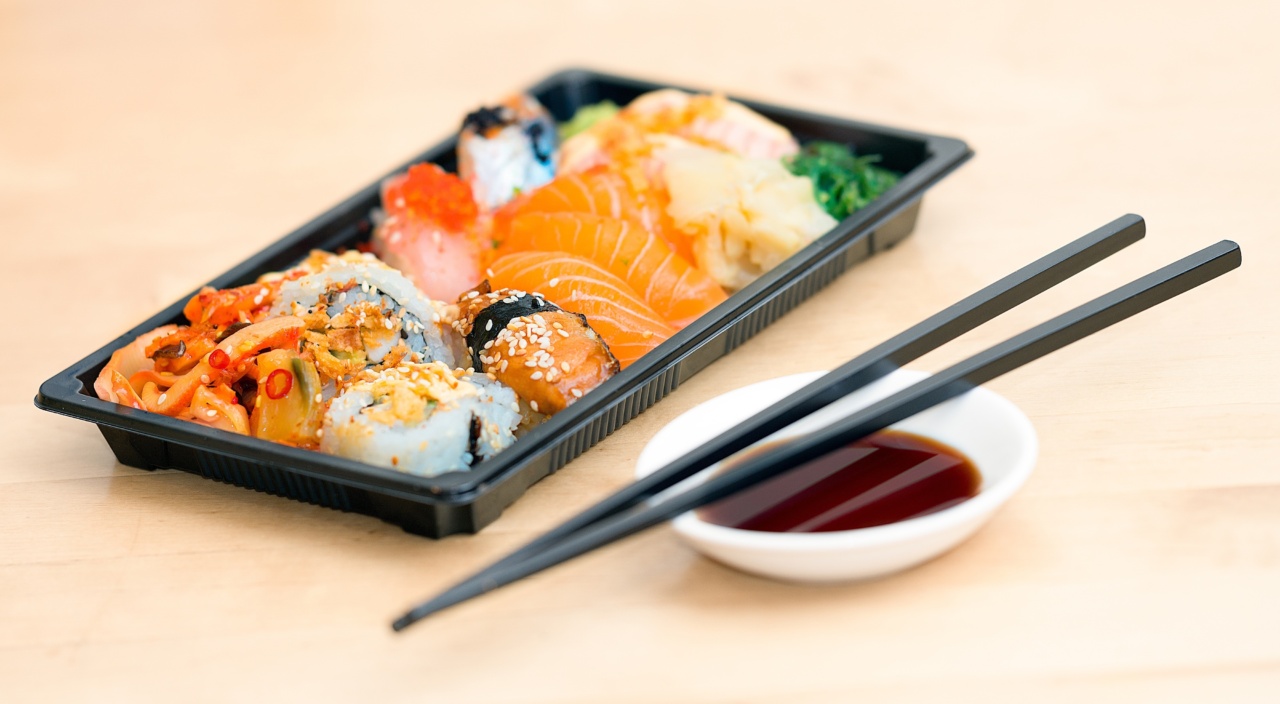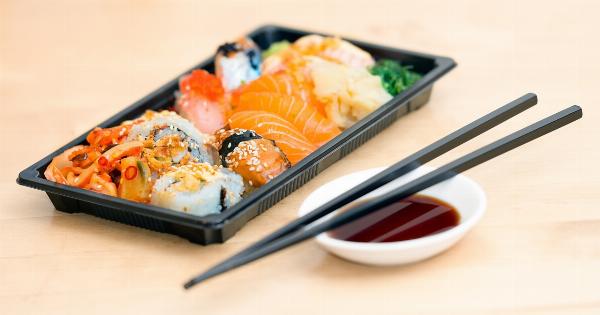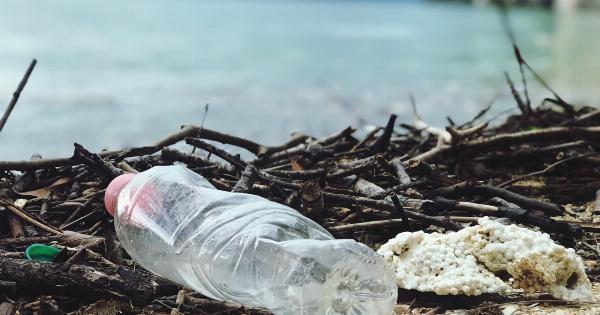Plastic pollution is one of the greatest environmental challenges of our time. With the widespread use of plastic products and inadequate waste management systems, vast amounts of plastic end up in our oceans, posing a significant threat to marine life.
Among the various consequences of plastic pollution, a concerning issue has emerged – the ingestion of plastic by fish, which consequently enters our food chain. This article delves into the phenomenon of plastic ingestion by fish and explores its potential risks to human health.
The scope of the problem
Each year, millions of metric tons of plastic waste flow into the oceans, slowly breaking apart into smaller and smaller pieces called microplastics. These microplastics are often mistaken for food by marine organisms, including fish.
As a result, the plastic consumed by fish not only affects their health and well-being but also enters the human food chain, ultimately affecting us as well.
How plastic enters the marine environment
The sources of plastic pollution in marine ecosystems are numerous. One major contributor is single-use plastics such as bags, bottles, and packaging materials that are improperly disposed of or not recycled.
Additionally, fishing gear – including nets, lines, and traps – is responsible for a significant amount of plastic debris in the oceans. The breakdown of larger plastic items, such as containers and packaging, also contributes to the problem.
The journey of plastic in the food chain
Once in the ocean, plastic is subject to various processes such as fragmentation, degradation, and colonization by microorganisms.
These processes gradually transform larger plastic items into smaller particles called microplastics, often less than 5mm in size. Fish, being filter feeders or mistaking microplastics for food, consume these particles along with their regular diet of plankton and small marine organisms.
Impact on fish populations
The ingestion of plastic by fish can have numerous adverse effects on their health and survival rates.
The physical presence of plastic in their gastrointestinal tracts can cause internal injuries, blockages, and impair nutrient absorption, potentially leading to reduced growth rates and reproductive problems. The ingestion of toxic chemicals present in plastic, such as Bisphenol A (BPA) and phthalates, further contributes to the overall decline in fish populations.
Microplastics in our seafood
As fish ingest plastic, these microplastics accumulate in their tissues, making their way into the seafood that humans consume.
Studies have shown the presence of microplastics in various commercially important fish species, such as salmon, mackerel, and tuna. This means that the plastic we ingest through seafood consumption is not merely an abstract possibility but a grim reality.
Risks to human health
The potential health risks associated with ingesting microplastics through seafood consumption are still being investigated. However, it is known that microplastics have the ability to absorb and transport toxic chemicals.
These chemicals can include persistent organic pollutants (POPs) and heavy metals, which can accumulate in higher levels as they move up the food chain. Thus, the ingestion of microplastics may expose humans to an elevated risk of these harmful substances.
Addressing the issue
Efforts to mitigate plastic pollution and reduce the impact on marine life are crucial.
Implementing effective waste management systems, promoting recycling, and encouraging the use of alternative materials to replace single-use plastics are important steps. Additionally, supporting research on the risks associated with plastic ingestion and finding ways to minimize microplastic contamination in seafood are essential.
The role of individuals
While systemic changes are necessary to combat plastic pollution, individuals can make a significant difference as well.
Simple actions such as reducing plastic consumption, properly disposing of waste, and participating in beach cleanups can help prevent plastic from entering the oceans and reduce the overall impact on marine ecosystems.
The future of our oceans
The issue of plastic ingestion by fish serves as a sobering reminder of the urgent need to address plastic pollution.
By taking collective action, adopting sustainable practices, and advocating for stronger regulations, we can work towards a future where our oceans and marine life are free from the damaging effects of plastic pollution.






























